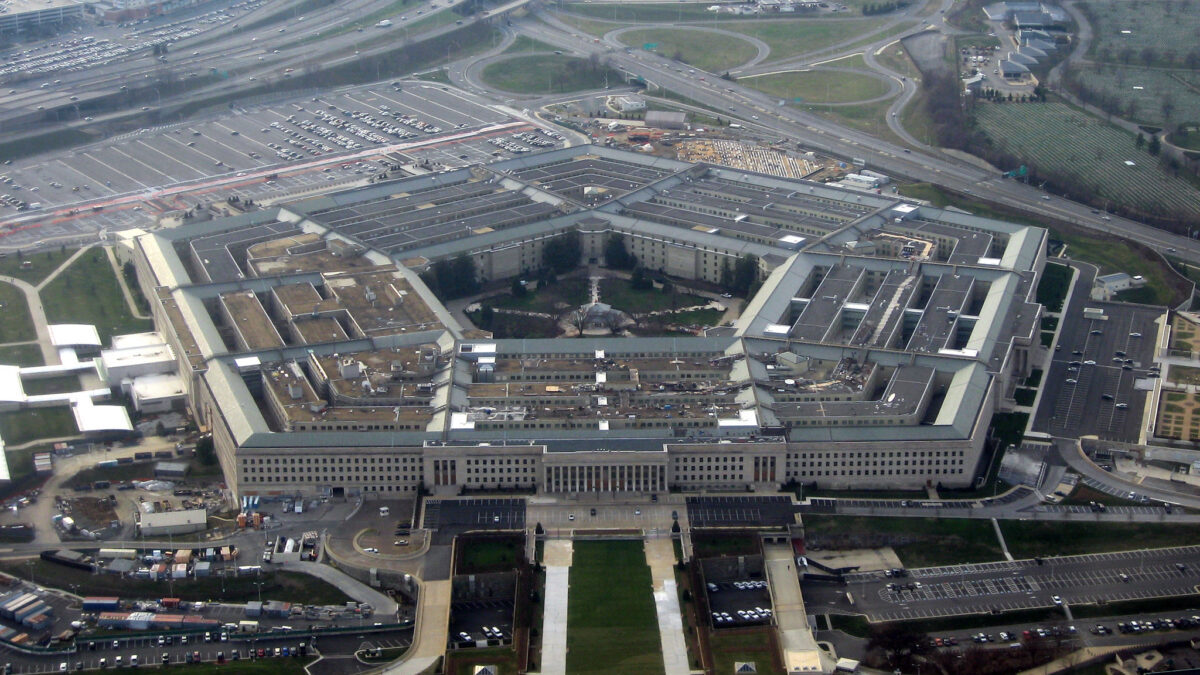Gov. DeSantis targets California’s zero-emission port truck requirement.
Framing the Battle: DeSantis Takes on California’s Zero-Emissions Rule
Framed by shipping containers and American flags, Florida Gov. Ron DeSantis made a bold statement at the Los Angeles Harbor Grain Terminal (L.A. Grain) on Sept. 29. He addressed California’s upcoming zero-emissions requirement for drayage trucks, set to take effect on Jan. 1, 2024.
According to the new rule, all new trucks operating at the Ports of Los Angeles and Long Beach must be zero-emissions vehicles, specifically battery electric trucks and hydrogen fuel cell trucks.
“If you look at the big rigs, this is not something that is designed to be an electric vehicle,” Mr. DeSantis passionately argued. Standing before a line of L.A. Grain workers in bright safety vests, he was joined by L.A. Grain’s president and CEO, Dwight Robinson.
Mr. Robinson, former mayor of Lake Forest, revealed that L.A. Grain’s current fleet consists of a mix of liquid natural gas, compressed natural gas, and diesel trucks.
Fortunately, these trucks will be exempt from the new drayage rule, approved by the California Air Resources Board. However, Gov. Gavin Newsom’s executive order aims for 100 percent zero-emissions operations by 2035.“Those trucks barely exist today, and they’re in very small numbers, and the infrastructure is essentially non-existent,” Mr. Robinson explained in a brief speech before Mr. DeSantis took the stage.
Following the second debate at Simi Valley’s Reagan Presidential Library, Gov. DeSantis made his way to Long Beach, just hours before his appearance at the California GOP’s convention in Anaheim.
Describing California as “basically the petri dish for leftism in this country,” Mr. DeSantis didn’t hold back.
“Whatever Biden’s doing, he’s a few years behind what they’re doing here in California,” he added, referring to the state’s plan to ban diesel-powered heavy-duty trucks by 2036.In fact, California’s ambitious vision of prohibiting new gas-powered vehicle sales by 2035 has faced pushback from Congress, as 17 other states align their standards with California’s.The Golden State’s influence means that automakers in the U.S. market may have no choice but to follow its standards.
During a recent congressional hearing, Joseph Goffman of the Environmental Protection Agency (EPA) was asked if a California ban extending to partner states would become a de facto national policy. Mr. Goffman responded, “I’m not sure,” highlighting that historically, auto manufacturers have aimed to avoid producing multiple national fleets.
Under the Biden administration, the EPA has shown support for California’s vehicle emissions proposals, granting the state a waiver under the Clean Air Act for its proposed ban on new diesel-powered heavy-duty vehicle sales starting in 2036. Contrasting California with Florida
During his visit to Long Beach on Sept. 29, Gov. DeSantis observed numerous vehicles with California license plates in his state.
“A lot of those folks had been driven, some of it by the COVID insanity that was going on in California, some of it by the education and locking kids out of schools, some of it was the crime and how criminals are not held accountable,” he explained.
He also addressed the impact of the Biden administration’s immigration policy, emphasizing how “people here in Southern California” have been greatly affected by the influx of illegal immigrants across the border.
Gov. DeSantis highlighted the new operations of Singaporean company Sea-Lead in Jacksonville, Florida.“We’re proud of our ports,” he proudly declared.
He also pointed out California’s high gas prices, which reached soaring heights earlier in September.“People here are really getting socked with that,” Gov. DeSantis remarked.
The leader of the Sunshine State mentioned an upcoming debate with California’s Gov. Newsom, scheduled to take place in Georgia on Nov. 30.Interestingly, during the second presidential debate, California barely received any attention from the moderators, despite the state’s gas prices nearing $6 a gallon, as noted by Fox host Stuart Varney.
Mr. Robinson, the businessman and politician who hosted the event, expressed his support for Gov. DeSantis over his Republican rivals, praising his track record in elected office.
“He’s an executive of a big state, and he’s doing a fantastic job,” Mr. Robinson concluded.
How does the lack of infrastructure and limited availability of zero-emissions vehicles impact the feasibility of achieving zero-emissions operations in the trucking industry?
Stration, the push for environmental sustainability has taken center stage. One of the key initiatives being pursued is the goal of achieving zero-emissions vehicles in various sectors. However, this ambitious plan has not been without controversy, as evidenced by Florida Governor Ron DeSantis’s recent visit to California.
On September 29, Governor DeSantis made a bold statement at the Los Angeles Harbor Grain Terminal, where he addressed California’s upcoming zero-emissions requirement for drayage trucks. Starting from January 1, 2024, all new trucks operating at the Ports of Los Angeles and Long Beach must be zero-emissions vehicles, specifically battery electric trucks and hydrogen fuel cell trucks.
Governor DeSantis passionately argued against this requirement, stating that it is not practical for big rigs to be electric vehicles. Standing before a line of L.A. Grain workers, he highlighted the challenges associated with transitioning to electric trucks, highlighting the lack of infrastructure and the limited availability of such vehicles.
Dwight Robinson, the president and CEO of L.A. Grain, supported Governor DeSantis’s stance, mentioning that the company’s current fleet consists of a mix of liquid natural gas, compressed natural gas, and diesel trucks. Fortunately, these trucks will be exempt from the new drayage rule, but Governor Gavin Newsom aims for 100 percent zero-emissions operations by 2035 through an executive order.
While some may view Governor DeSantis’s visit to California as mere political grandstanding
" Conservative News Daily does not always share or support the views and opinions expressed here; they are just those of the writer."





Now loading...